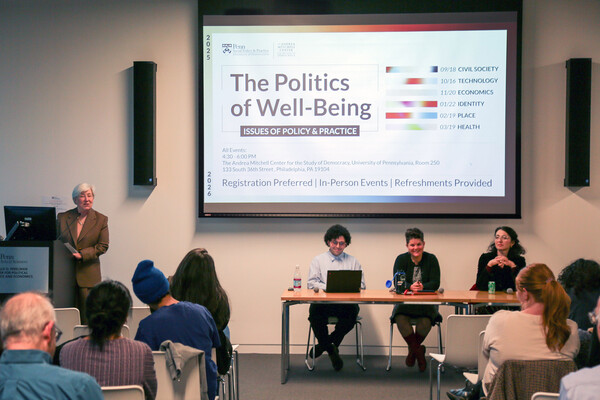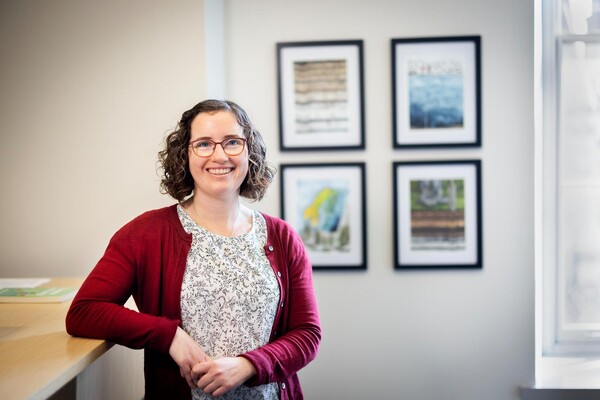
Image: Dmytro Betsenko via Getty Images

Image: Dmytro Betsenko via Getty Images

Image: Abdallah Chilungo

nocred

Image: lorenzoantonucci via Getty Images

nocred

School of Social Policy & Practice Dean Sara S. Bachman (left) introduced an event on economics as part of the Politics of Well-Being series. SP2 alumnus Karim Sharif (second from left) moderated a discussion with associate professors Amy Castro and Ioana Marinescu.
(Image: Carson Easterly/School of Social Policy & Practice)

Image: Courtesy of COP30

Image: FG Trade

nocred

In her office, Melissa Charenko has paintings by artist Jill Pelto that depict the kind of climate proxies Charenko writes about in her new book, such as sediment cores containing pollen grains.
nocred